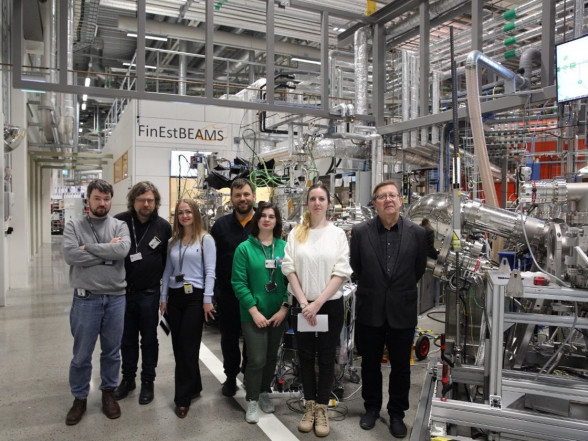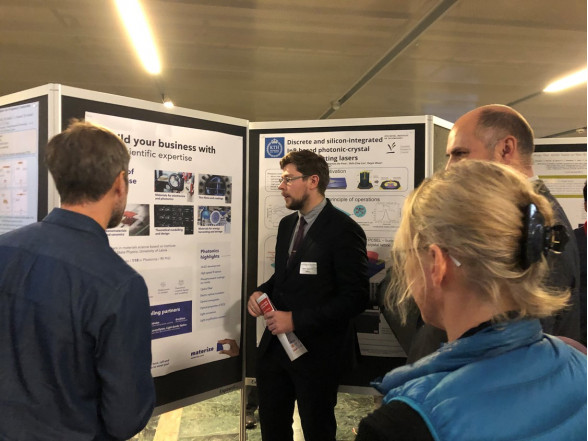From October 30 to November 3, a team of researchers from the ISSP UL delved into cutting-edge experiments at the new FinEstBEAMS beamline, situated at the MAX IV 1.5 GeV storage ring in Lund, Sweden. The collaborative efforts of scientists Dmitry Bocharov, Jurijs Grečenkovs, Elīna Neilande, Anatoli Popov, Anatolijs Šarakovskis, and Alise Podelinska spanned multiple laboratories, including the Laboratory of Computer Modeling of Electronic Structure of Solids, the Laboratory of Kinetics in Self-Organizing Systems, and the Laboratory of Spectroscopy.
FinEstBeAMS stands out as a state-of-the-art beamline designed for materials and atmospheric science. It can deliver precisely controlled ultraviolet and soft X-ray radiation with a diverse range of parameters, making it a valuable resource for researchers seeking deeper insights into the properties and behaviors of various materials.
During their visit, the ISSP UL researchers engaged in a comprehensive training program, focusing on advanced techniques such as X-ray Photoelectron Spectroscopy (XPS) and X-ray Absorption Near Edge Structure (XANES). These methods, known for their precision and sensitivity, play a crucial role in unraveling the composition and characteristics of materials. Proficient training in these techniques equips researchers with the skills needed to address diverse scientific questions within the field of material science, ultimately enhancing the competency of the ISSP UL research team.
As part of their exploration, young researchers from the Laboratory of Computer Modeling of Electronic Structure of Solids studied TiO2 powder samples doped with rare-earth elements. Utilizing XPS and XANES spectra allowed them to gain valuable insights into the influence of rare-earth doping on TiO2 and explore potential applications in various domains. The research didn’t stop there, as other samples, including Cadmium Tungstate and electrochemically treated mixtures of noble metals, underwent spectral analysis, contributing to the broader understanding of material properties and applications.
The ISSP UL’s participation in experiments at the FinEstBEAMS beamline underscores the institution’s commitment to advancing scientific knowledge and highlights the collaborative efforts of multidisciplinary research teams in pushing the boundaries of material science.



